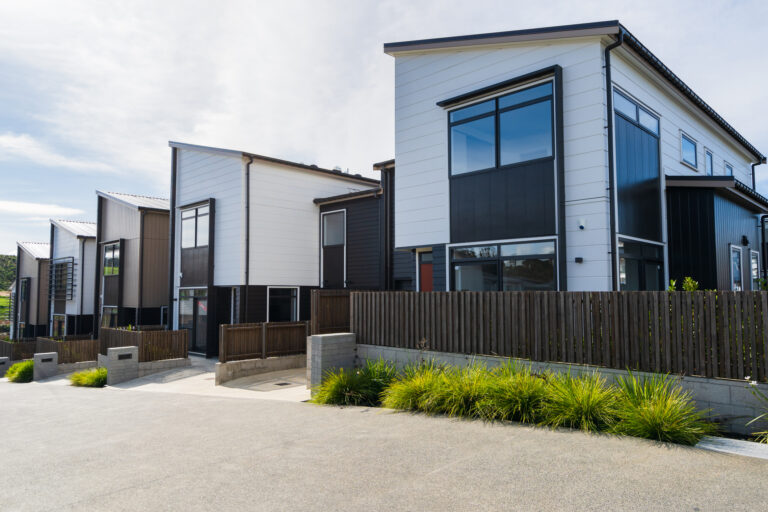Investing in property can involve a number of steps. This brief guide runs through everything you might need to know.
Australians love investing in property and it’s easy to understand why. Property investment can offer both steady returns and tax benefits in the right conditions, without facing the same level of volatility as some other asset classes.
If becoming a property investor appeals to you, there are a number of things to consider, including where to buy, what costs you’ll face, what your goals are and what sort of returns you’re seeking (capital growth vs. rental yield).
Once you’ve answered those questions, there are several steps to take to secure your investment.
Assess how much you can borrow
To determine how much you can borrow, lenders tend to look at your income, your deposit, your financial obligations, how much you spend and your credit report. Your customer-owned bank may have a borrowing calculator to give you a ballpark idea of where you sit. It’s worth getting some guidance though – from your lender, a broker or a financial adviser – to ensure the numbers are correct.
Look into initial and ongoing costs
While property investment can have tax benefits, there are also upfront and ongoing costs to consider. It’s important to factor in these costs to establish how much you’ll need to borrow or set aside. These include:
- Stamp duty
- Lender’s Mortgage Insurance – To protect the lender, if you have a deposit of less than 20 per cent
- Legal fees
- Pest and building reports
- Land tax
- Strata fees
- Ongoing property maintenance costs
- Agency costs, if you plan to rent out the property
Apply for loan pre-approval
Once you’ve established how much you can safely borrow, you can look for a lender to give you pre-approval to finance your loan. Pre-approval means a lender has agreed – in principle – to lend you a certain amount of money to fund your investment purchase.
Find the right property for you
Buyers often have an idea of what they’re looking for before they begin the search process, but once you know how much you can borrow, it can narrow the scope and help you search with more confidence. Everyone has their own criteria for what they’re seeking in an investment property, but buyers often look for low suburb vacancy rates, proximity to transport, schools and dining options, and strong suburb capital growth.
Get the reports
When you start getting serious about a property, it’s important to make sure there are no hidden flaws, such as pests or building defects. Obtaining reports from reputable inspectors – and getting a valuation of the property – can answer these questions and give you the information and peace of mind you’ll want before you make an offer.
Make an offer
If everything looks alright, you can proceed to making an offer to the agent. If your offer is accepted, it’s time to go back to your lender of choice to get the final loan approval.
Settle on the property
Your lender will perform a valuation of the property. Then, before the property becomes your own, you usually have to engage lawyers or conveyancers to go through the contract and ensure everything lines up. Generally, they will negotiate a settlement period – which is the time during which your deposit and the loan funds are released to the seller in exchange for the Certificate of Sale, and the sale is finalised. After settlement, the property is handed from the seller to you. From that day, you’re a property investor.
